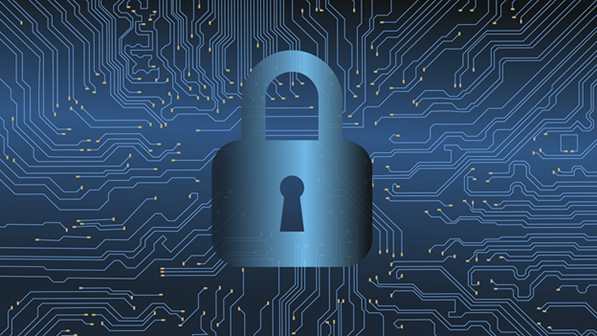
The beginning of the pandemic and the quick change to remote work and online shopping meant that more people will be spending more time online.
This was good news for the people involved in cybercriminal activities as it also meant a larger victim base and more vulnerabilities to exploit (as people felt anxious).
As a result, in 2020, specialists noticed an increase of 53% in ID theft cases (as compared to 2019). Plus, cybercriminals found new ways to polish their tools in order to make sure the damage they inflict is maximized.
According to the data provided by the FTC (not all ID theft cases are reported) 9 million people fall victim to ID theft schemes each year. This means that the threat is much closer than any of us suspected!
Therefore, besides taking all the necessary measures to prevent such a negative event from affecting our lives, we also have to know how to recover if bad luck strikes.
Here are three methods that will help you move on with your life even when you’ve fallen victim to an ID theft scheme.
1. Increased Protection
The very first step to make the moment you suspect (not proven!) ID fraud is to increase the level of protection on your most important accounts (online banking, work & personal email, communication platforms like Slack or Zoom, and more).
Start by changing the passwords with stronger ones, activate two-factor authentication, and consider an advanced protection service.
Services like Identity Guard can increase the overall level of protection of your financial and personal accounts by monitoring the activity and keeping track of any unusual changes.
2. Take Inventory of Damage
If you are in the situation to confirm you are the victim of ID theft, brace yourself – the damage may not be light!
Cybercriminals who gain access to your accounts or have your personal information (SSN, health insurance, or bank accounts) will work hard to benefit from them.
This means you could have loans you didn’t approve, credit cards you had no idea about, and even employers you’ve never met or even knew existed.
The moment you think ID fraud is a possibility, call one of the three credit report agencies in the US and place a Fraud Alert on your credit report.
This means that anyone who considers approving a loan or credit in your name has to confirm identity by contact (usually via phone). This limits the reach of the cybercriminal and protects you from further damage.
Also, once the Fraud Alert is in place, you will have the possibility to download a free copy of your credit report from all three agencies. Do it and comb through each report looking for unusual activity (credits you didn’t apply for, transactions you don’t know, and more).
3. Fix the Damage
Sadly, this step is the most time-consuming and frustrating one. Once you have solid proof of your ID theft, you have to get the authorities involved (police and FTC).
They will put together a report that you then have to take to each company (the bank, employment place, utility companies, and more) and explain your situation.
You can even fix your credit, but the process is lengthy and frustrating since you have to dispute any incorrect information on your report(s).
Wrap Up
Sadly, the pandemic and remote working laid down quite the prolific ground for cyberattacks so it’s best that companies invest in teaching employees about the risks and how to protect their data online.
By protecting their data, they also protect the data of the companies they work at since they will be able to recognize a scam or a phishing attack before it poses any danger.




